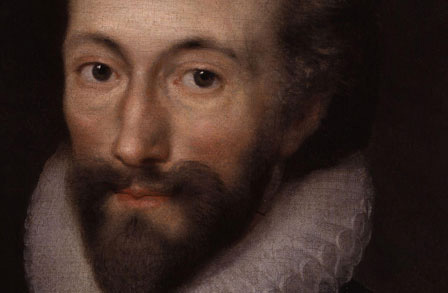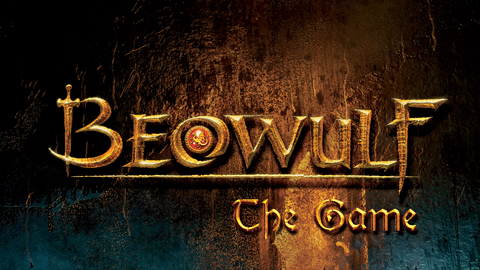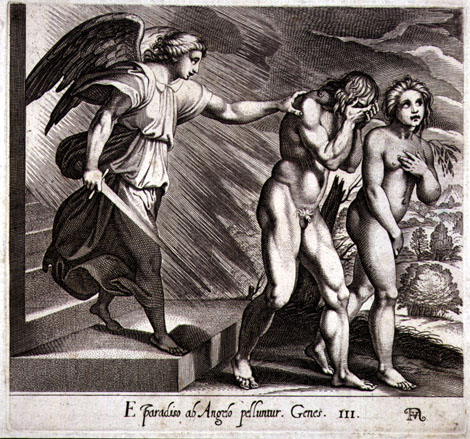After the First World War the place of the traditional hero in Western Literature was usurped by protagonists in the line of Kafka’s Mr. K. Hemingway’s protagonist from Nick Adams onwards are hemmed in like their prototype by a bewildering cosmos of society which confined them by stifling their spirits. Most of Hemingway’s novels emphasized upon what men cannot do and defined the world’s limitations, cruelties or built-in evil. What gives Old Man and the Sea its special place in Hemingway’s literary cannon is its emphasis on what men can do and on the world as an arena where heroic deeds are possible. The universe inhabited by Santiago, the Cuban fisherman was not devoid of pain and suffering but all that was transcended by the novel’s concluding maxim of “A man can be destroyed but not defeated”. It is this essential nobility of human striving as highlighted in Old Man through the character of Santiago that sets this novel apart from Hemingway’s other pessimistic novels such as The Sun Also Rises and A Farewell to Arms.
When Old Man and the Sea reappeared in 1952, Philip Young opined that the novel was a metaphorical presentation of life as a fight and the man as a fighter. Santiago’s role in the novel was to pursue to the Marlin, “for which I was born” as he reflected and Hemingway’s design in bringing to us this pursuit was to illustrate the axiom that sometimes in life defeat is inevitable but the real qualifier of victory lies in the nobility of struggle involved.
From the beginning of the novel the life of Santiago is seen as in incessant struggle against a sea that kept denying him fish. For eighty-four days the old man rowed into the Gulf Stream but in vain which highlighted the apparent destruction of the old man and the futility of his attempts. The old man was called salao – the worst form of unlucky and his sail was marked as the “flag of permanent defeat” but all this was in stark contrast with the spirit of Santiago which remained undaunted and full of hope and resolution for a lucky eight-fifth day. He went deep into the sea and beyond the safe limits of fishing, all set to catch the great denizens of the ocean that resided in the deepest parts. In going the extra mile Santiago foregrounded the element of striving in his character – his “never-back-down” attitude towards life.
Being rewarded for his attitude, when Santiago finally hooked a great marlin, larger in size than his skiff; what followed was a chapter of “what a man can do and what a man endures”. In trying to catch the great marlin, Santiago went through a world of pain but coolly said, “Pain does not matter to a man”. His hands were cut, his left arm kept cramping and he began to see dark spots with exertion but he pulled himself up saying, “I could not fail myself and die on a fish like this”. His strength was depleted but his refusal to give up was his saving grace. Eventually the fish was successfully killed and harpooned at the expense of every drop of vitality left in him, only to be attacked by the sharks. Although on his last legs, Santiago did not let go of his fighting code. It was then that he said, “But a man is not made for defeat. A man can be destroyed but not defeated”. Owing to his fighter ethics he continued to battle the sharks up till the very end even though he knew it was hopeless; just in order to redeem his initial act of going out too far. Such striving gave the old man heroic proportions.
Santiago was a Hemingway code hero whose triumph depended upon the stretching his own powers to the absolute limits regardless of the physical results. In the end the sharks devoured his fish till there was just a long skeleton left but the essential nobility of his striving made him victorious even in defeat. Santiago affirmed his identity in the jaws of shark, adversity, old age and even death. By enduring extra-ordinary suffering he showed that man of all the beats, even the lions, marlins and sharks, had the greatest pride and dignity – that man is King.
On the destruction and consequent victory of Santiago, critic Leo Gurko says, “The greatness of the experience and the inevitability of the loss are bound up together. Nature provides us with boundless opportunities for the great experience if we have it in us to respond. The experience carries with it heavy tragic price. No matter. It is worth it.” The following morning after Santiago’s return to his hut, the other fishermen gaze in awe at the size of the skeleton and the reverential feeling of the boy is re-enforced as he declares – “Now we fish together again”. Even on the lowest level, Santiago’s heroic exploit creates a sensation as the visiting tourists are struck by a sense of extra-ordinary. Santiago himself forgets all about the defeat in his eager plans for the future with Manolin as he says, “We must get a good killing and always have it on board……… It should be sharp and not tempered so it will break”. He is all set to strike again.
Thus we see that instead of breaking down Santiago rises from his ashes like a phoenix to claim his identity of a great fisherman again. In him his fighter ethic still prevails. In this he embodies the essential nobility of human striving which is what Hemingway has celebrated in the novel by truly bearing out the maxim: “A man can be destroyed, but not defeated”.
Some online learning platforms provide certifications, while others are designed to simply grow your skills in your personal and professional life. Including Masterclass and Coursera, here are our recommendations for the best online learning platforms you can sign up for today.
The 7 Best Online Learning Platforms of 2022
- Best Overall: Coursera
- Best for Niche Topics: Udemy
- Best for Creative Fields: Skillshare
- Best for Celebrity Lessons: MasterClass
- Best for STEM: EdX
- Best for Career Building: Udacity
- Best for Data Learning: Pluralsight
















